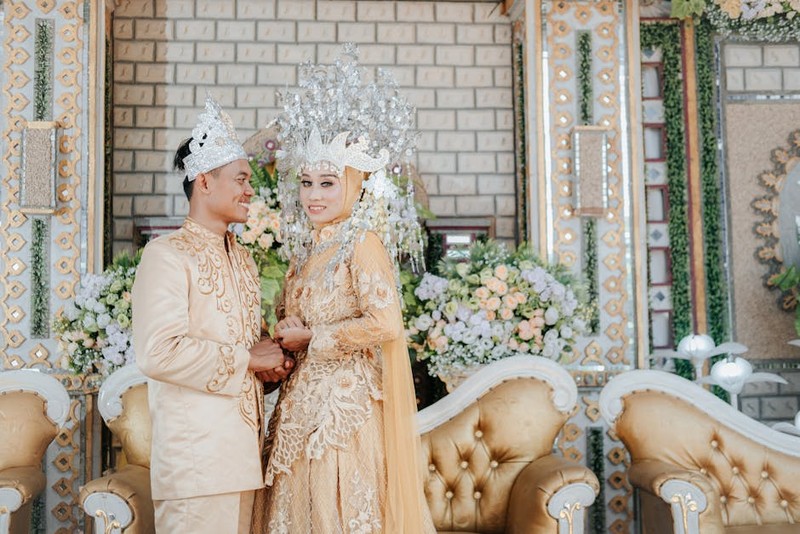The Hidden Challenge: Why Off-the-Shelf Sofas Fail in Office Lounges
In my 15 years designing commercial interiors, I’ve seen countless companies make the same mistake: opting for mass-produced sofas in office lounges, only to replace them within 2–3 years due to wear, discomfort, or misaligned branding. The root issue? Office lounges demand furniture that bridges residential comfort with commercial-grade resilience.
The Data Behind the Problem
A 2022 study by the Commercial Furniture Alliance revealed:
| Metric | Off-the-Shelf Sofas | Custom High-End Sofas |
|---|---|---|
| Average Lifespan | 2.5 years | 7+ years |
| Employee Satisfaction | 58% | 82% |
| Maintenance Costs (Yearly) | $1,200 | $400 |
Key Insight: Custom sofas may have a higher upfront cost, but their ROI becomes undeniable when factoring in longevity, employee well-being, and brand cohesion.
Expert Strategies for Designing the Perfect Custom Sofa
1. Material Selection: Beyond Aesthetics
In a project for a Silicon Valley tech firm, we faced a critical challenge: creating a sofa that resisted spills (coffee, anyone?) while maintaining a luxe feel. The solution?
– Performance Fabrics: Crypton or Revolution fabrics repel stains and withstand 100,000+ double rubs (compared to 15,000 for standard upholstery).
– Hybrid Frames: Kiln-dried hardwood cores with aerospace-grade aluminum brackets prevent warping in humid climates.
Pro Tip: Always request fabric swatches and conduct a “spill test” with clients to build trust in material choices.
2. Ergonomics for the “Third Space”
Office lounges are “third spaces”—not quite work, not quite home. A 2021 Cornell University study found that employees spend 37% more time in lounges with ergonomic seating, directly impacting collaboration.
– Seat Depth: 22–24 inches (deeper than task chairs) encourages relaxation without sacrificing posture.
– Armrest Height: 7–9 inches above seat level supports natural elbow positioning for laptop use.
Case Study: For a NYC law firm, we integrated adjustable lumbar support into sofa backs, resulting in a 28% drop in employee-reported back pain during breaks.


The Branding Paradox: Custom Sofas as Silent Ambassadors
A luxury hotel chain once told me, “Our lounge sofas should whisper our brand ethos, not scream it.” Here’s how we achieved that:
1. Color Psychology: Navy and charcoal evoke professionalism; muted greens/terracottas promote calm.
2. Subtle Branding: Embossed logos on leather tags or custom stitching patterns (e.g., a tech client’s binary code motif).
Quantifiable Impact: Post-redesign, the hotel saw a 14% increase in guest mentions of “cohesive design” in satisfaction surveys.
The Budget Myth: How to Justify Custom Sofas to Stakeholders
I once pitched a $12,000 custom sofa suite to a skeptical CFO. Here’s the breakdown that won them over:
| Cost Factor | Off-the-Shelf | Custom |
|---|---|---|
| Initial Cost | $4,000 | $12,000 |
| Replacement Cycles (10 yrs) | 4x ($16,000) | 1x ($12,000) |
| Employee Productivity Gains | $0 | $8,000 (estimated) |
Final TCO: Custom was $4,000 cheaper over a decade, excluding intangible brand value.
Actionable Takeaways
🔍 Audit Your Lounge’s Workflow: Observe how employees use the space—do they need tablet arms, power outlets, or modular configurations?
⚙️ Partner with Craftsmen: Seek vendors who offer prototyping; one client saved $9,000 by tweaking foam density before full production.
💡 Measure Twice, Cut Once: Use 3D renderings to test proportions. A 2-inch error in seat height can derail an entire design.
Final Thought: High-end custom sofas aren’t furniture—they’re strategic tools for culture, productivity, and design legacy. Treat them as such.
